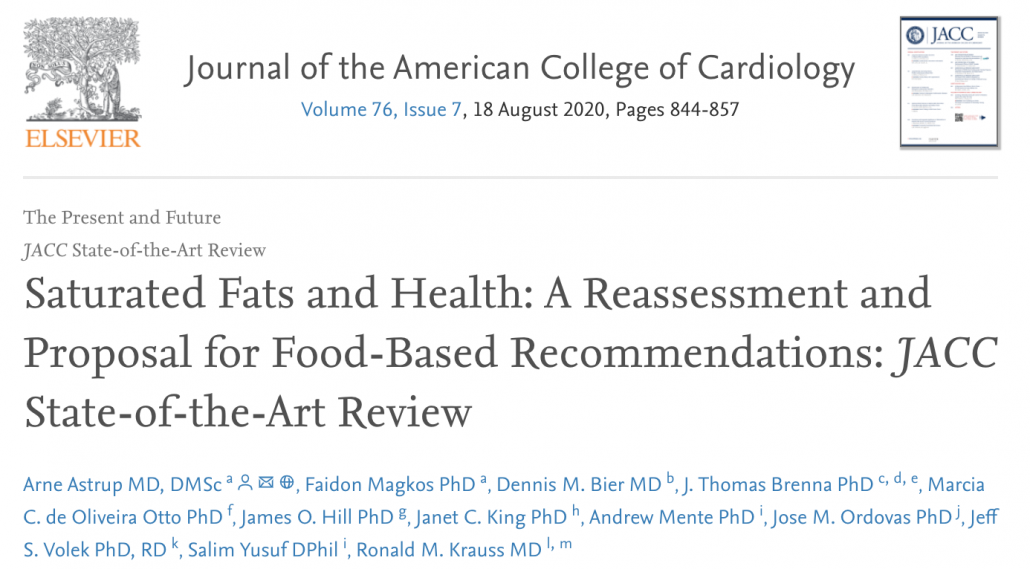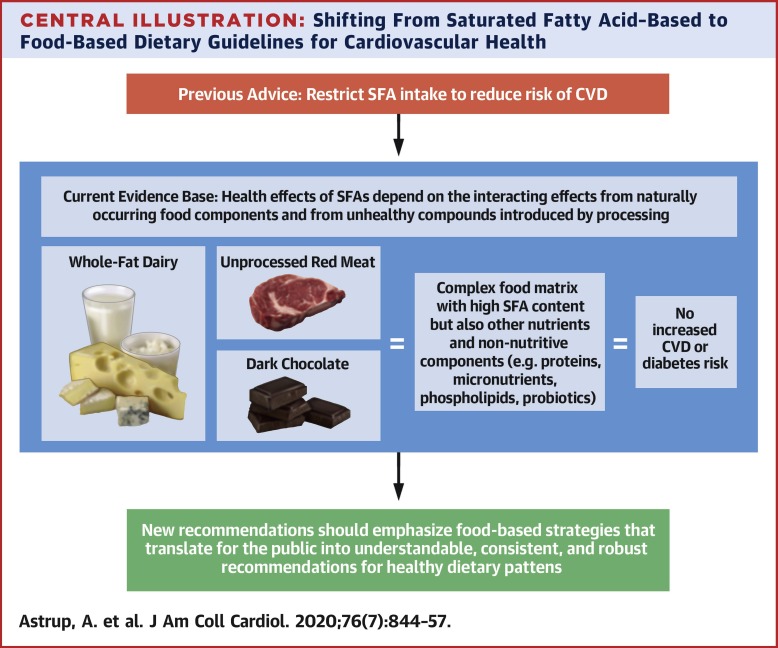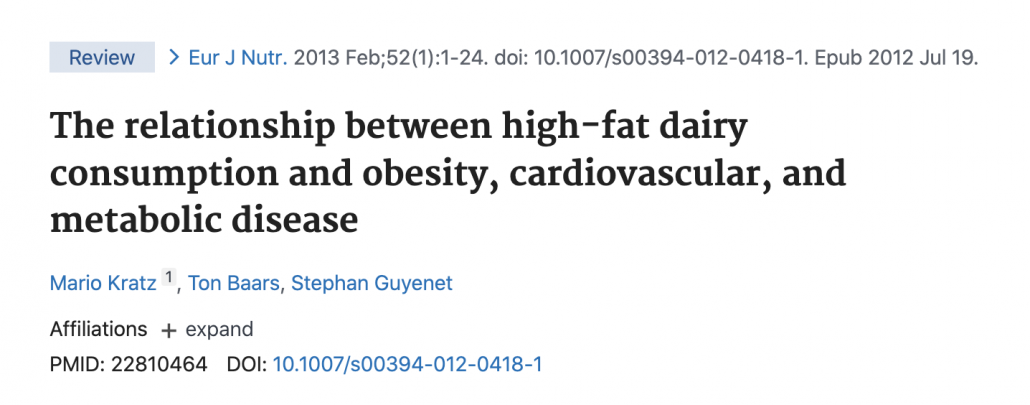Benefits of Butter: What the Science Says
Butter is fatty and delicious–so of course, it has to be bad for you, right? Wrong! The benefits of butter are numerous!
Welcome to 21st-century nutrition! Numerous high-quality studies are finally setting the record straight on the health benefits of butter and animal fat.
In fact, whole animal foods like butter are among the healthiest foods in the world. Butter is nutrient-dense, highly-satiating (nixes food cravings), and loaded with vitamins and minerals that you just can’t get from plant sources.
And in case you haven’t heard, vegetable oils– the junk that was supposed to replace butter as a “heart healthy” alternative–are among the most deadly and dangerous “foods” ever invented.
Yet, the view that butter is a healthy, beneficial food may sound extreme to those of you indoctrinated by the low-fat diet misinformation espoused by mainstream nutrition since the 1950’s.
So let’s follow the science and reveal the true benefits of butter.
Table of Contents
- What is Butter Anyway?
- Why Butter is Not Bad
- Top Health Benefits of Butter
- 1. Good source of vitamin A (Retinol)
- 2. Butter is An Excellent Source of Conjugated Linoleic Acid (CLA)
- 3. A Great Source of Butyrate, A Gut Boosting Fatty Acid
- 4. Healthy Saturated Fats
- 5. Can Lower the Risk of Obesity
- 6. Anti-Stiffness (Wulzen) Factor in Butter From Raw Milk
- The Benefits of Butter: The Bottom Line
What is Butter Anyway?
Butter is a dairy product made by separating solid fats from liquid milk. This process is called “churning.”
Butter is high in saturated fat, which makes it solid at room temperature.
Most of our butter comes from cows, but you can also get butter from goats, sheep, and buffalo.
There are also various types of butter made with different milk sources and production processes. These include grass-fed, salted, cultured, and clarified (ghee).
You can go behind the scenes and even make your own raw butter in a blender by following along with the video below:
data:image/gif;base64,R0lGODlhAQABAAAAACH5BAEKAAEALAAAAAABAAEAAAICTAEAOw==
Now let’s look at the benefits of this delicious food.

Why Butter is Not Bad
Before we get into the benefits of butter, let’s begin with recent studies showing that saturated fat–the part of butter that got it demonized–isn’t bad for us.

This 2020 bellwether paper published in the prestigious Journal of the American College of Cardiology asserted, “Whole-fat dairy, unprocessed meat, eggs, and dark chocolate are SFA-rich foods with a complex matrix that are not associated with increased risk of cardiovascular disease. The totality of available evidence does not support further limiting the intake of such foods.” [1]

Sydney Heart Health Study

This body of research, known as the Sydney Heart Health study, was originally conducted to find support for the Australian Heart Association’s hypothesis that replacing saturated fats with polyunsaturated fatty acids (PUFAs) from seed oils would reduce the risk of heart disease.
To say it backfired would be an understatement: The group of participants that had their wholesome saturated fats replaced with vegetable oils did lower cholesterol but at the cost of a 62% higher death rate!
In light of the numerous studies showing no link between saturated fat and cardiovascular disease risk, stroke, and cancer, the above British Medicine Journal editorial review, including 19 BMJ researchers, called for a retraction of WHO guidelines for reducing saturated fat. [2]
Now that the anti-butter nonsense is in the rearview mirror, let’s look forward to the benefits available when making butter a part of your high-fat low-carb diet.
Top Health Benefits of Butter

1. Good source of vitamin A (Retinol)
Just two tablespoons (28 grams) of butter supplies 22% of your RDV of vitamin A. [3]
| Amount | % Daily Value | |
|---|---|---|
| Per tbsp (14.8 g) serving | 97 mcg RAE | 11 % |
| Per 100 grams | 684 mcg RAE | 76 % |
Let’s not confuse the animal form of vitamin A known as retinol, with the inferior vitamin A from plant sources.
Studies show that retinol absorption efficiency was around 30% in 1 hour, but less than 5% for vitamin A carotenoids from plants. [4]
Retinol is one of the critical fat-soluble vitamins found only in meat and animal products. As a fat-soluble vitamin, retinal is absorbed into the bloodstream and used by the body when consumed within animal fat.
Considering that humans consumed a diet of mostly fatty meat for nearly 2 million years, it makes perfect sense that the foods we evolved eating would provide the nutrients our bodies need the most and in the most bioavailable (useable) forms.
Vitamin A (Retinol) is essential to numerous physical functions, including [5] [6] [7] [8] [9] :
- maintaining vision
- physical development
- immune function
- Reproduction
Deficiency in vitamin A can result in [10] :
- hair loss
- Skin rashes
- dry eyes
- susceptibility to infections
- blindness at night
2. Butter is An Excellent Source of Conjugated Linoleic Acid (CLA)
The fatty acid called Conjugated linoleic acid (CLA) is produced naturally in the process of fermenting grass into fat that takes place in the digestive system of ruminant animals like cows, and sheep.
CLA is beneficial in numerous ways, including:
- antitumor properties that can inhibit the growth of cancer at many different sites, including the breast, colon, stomach, prostate, and liver. [11]
- In one study, women who ate four or more servings of high-fat dairy foods like butter lowered their risk of colon cancer by 34%. [12]
- Can help reduce excess body weight: A study found that a daily dose of 3.2 grams of CLA can result in modest fat loss in humans. [13]
- Protects against heart disease. [14]
- reduces cholesterol in people with type 2 diabetes
- Improves insulin sensitivity in young, sedentary adults. [15] [16]
- strengthens the immune system by reducing inflammation. One study involving 23 young men who received 5.6 grams of CLA daily showed decreased inflammatory markers, including tumor necrosis factor and C-reactive protein. [17]
Pasture-derived butter provides the highest concentrations of CLA. [18] Research shows that CLA has many benefits for your health.
3. A Great Source of Butyrate, A Gut Boosting Fatty Acid
Butyrate (butyric acid) is a short-chain fatty acid (SCFA) that naturally occurs in butter.
Your body also produces some butyric acid on its own when it breaks down fiber.
However, when you consume butyrate in butter, there is no need to consume fiber–which has many negative health consequences.
Research shows that butyric acid in butter has numerous health benefits, including:
- Anti-inflammatory properties in the colon–modulated oxidative stress in the mucosa lining of the gut, combatting leaky gut i.e. intestinal permeability.
- A study in mice found that butyrate added to their diet improved acute ulcerative colitis after only 14 days. [19]
- In a small human study, butyrate enemas reduced visceral sensitivity–a common symptom of IBS and GI disorders. [20]
- May protect against colorectal cancer. [21]
- Has been shown to help control diarrhea [22]
- Regulates bowel motility and the composition of the bacteria in your gut
- May improve digestive conditions like irritable bowel syndrome (IBS) and Crohn’s disease. [23] [24]
- One study found that dietary butyrate may prevent the development of type 2 diabetes. [25]
- may improve insulin sensitivity and reduce body fat. [26]
Though many of the above studies were performed on animals, they are promising and underscore the need for more studies on foods like butter that are just now being let out of dietary prison.
4. Healthy Saturated Fats
The fats in butter are around 63% saturated fat, 26% monounsaturated fat, and 4% polyunsaturated fat.
As we’ve addressed above, recent research reveals that SFA from whole foods does not clog arteries or contribute to heart disease, stroke, or cancer. [27]
Saturated fats are molecularly stable–all the carbons are boned with hydrogen atoms. This makes them resistant to degradation by oxidation and high heat. This means that butter resists the formation of free radicals that can damage your body on a cellular level. [28]
One of the beneficial SFAs in butter is lauric acid which offers antimicrobial and antifungal properties.
Studies show that Lauric acid reduces harmful bacteria in the gut, and promotes a beneficial intestinal environment. [29]
5. Can Lower the Risk of Obesity

A comprehensive review of 16 studies found that consuming high-fat dairy, including butter, cream, and cheese products, can lower your risk of obesity. [30]
6. Anti-Stiffness (Wulzen) Factor in Butter From Raw Milk

One of the more mysterious benefits of butter is called the “Wulzen-Factor” or “Anti-stiffness factor.”
The early researchers, including Rosalind Wulzen, who discovered this compound in raw butter, considered it an actual fat-soluble vitamin that regulated phosphorus and calcium metabolism. [31]
But nutrition authorities at the time suppressed these findings because they lent support for raw dairy–the mainstream line was that all commercial dairy had to be pasteurized and homogenized. The anti-stiffness factor was not found in pasteurized products.
It is likely that the Wulzen-factor is due to the synergistic effects of various fat-soluble vitamins in raw dairy, including vitamin E, A, and vitamin K2.
K2 was thought by pioneering researcher Weston A. Price to be an activator vitamin that unlocked the benefits of many other nutrients found in whole animal foods.
Wulzen and colleagues found that raw butter and cream had a number of benefits, including protection against:
- calcification of the joints
- hardening of arteries
- Cataracts
- Calcification of the pineal gland
The Benefits of Butter: The Bottom Line
Butter is highly satiating, loaded with nourishing fatty acids, and a good source of retinol.
Raw butter is also a source of an overlooked anti-stiffness factor resulting from compounds that enhance phosphorus and calcium metabolism.
Though saturated animal fat has been maligned as public health enemy number one since the 1960s, modern studies are freeing butter and other animal fats from the chains of misinformation.
The healthy fats, vitamins, and minerals work synergistically to support and enhance numerous physical functions, including immune health, fat metabolism, a healthy microbiome, intestinal integrity, and protection against type 2 diabetes and obesity.


'Benefits of Butter: What the Science Says' has no comments
Be the first to comment this post!